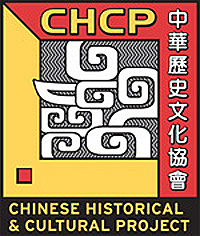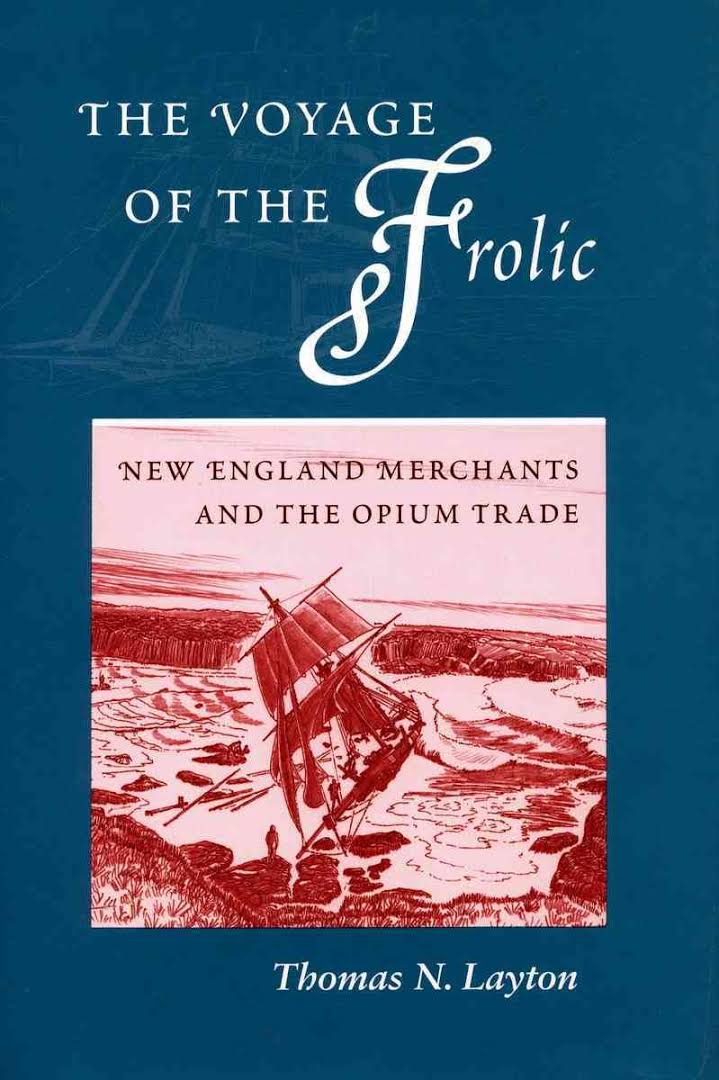|
- Home
- Voyage of the Frolic
Voyage of the Frolic
What links 19th century opium smuggling, Chinese commerce, the California Gold Rush, and Pomo Indians?
The Frolic, a cargo ship laden with exotic goods for gold-rich buyers in San Francisco and grounded off the Mendocino Coast in 1850.
Off the Mendocino coast a hundred miles north of San Francisco, the Frolic went aground on July 25, 1850, along with a huge cargo of luxury goods from China imported to San Francisco merchants, their newly-rich Gold Rush customers. The cargo included camphor wood trunks, silks, lacquerware, marble inset tables, gold filigree jewelry, brass weights, tortoiseshell combs, 21,000 porcelain bowls, and a whole prefabricated house with oyster shell windows. The only cargo that was not from China was 6,109 bottles of Edinburgh ale for thirsty gold miners!
The fascinating web of relationships embodied in the wreck and salvage of this ship is described in Tom Layton’s recent book, The Voyage of the Frolic: New England Merchants and the Opium Trade (Stanford University Press, 1997). In May, 1998 CHCP co-sponsored a slide lecture by author Layton, a leading California archaeologist and anthropology professor at San Jose State.
The Frolic had been forgotten until 1984, when Layton took a group of SJSU archeology students to a ‘dig’ at Three Chop Ridge, Mendocino County, where Pomo Indians had lived. Layton became interested in something that he did not expect to find there: pieces of Chinese porcelain. When he found that a local historical museum had similar artifacts – but larger and covered with barnacles, he determined that they were from a shipwreck sometimes visited by local divers. With help from the divers, local historians, descendants of the ship’s crew, and after a decade of detective-like research, Layton was able to explain the fascinating web of relationships between opium smuggling, Chinese commerce, the California Gold Rush, and Pomo Indians as those who first salvaged Chinese goods from the Frolic.
After almost 150 years, the cargo of the Frolic is a rare treasure indeed – not because of the costliness of the Chinese silks and porcelains, but because Layton has been able to make them tell one of the most fascinating episodes in the history of Gold Rush California.


